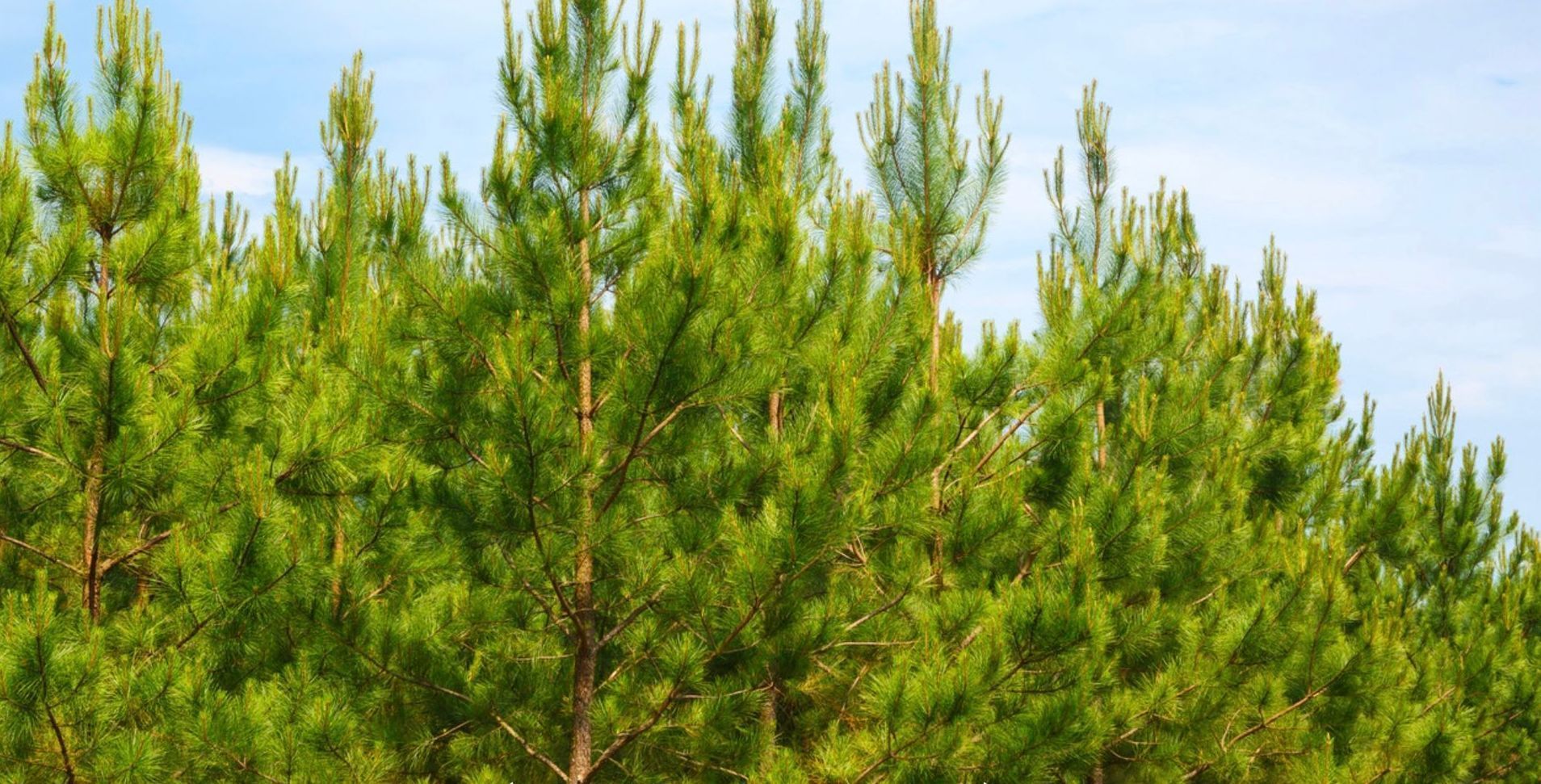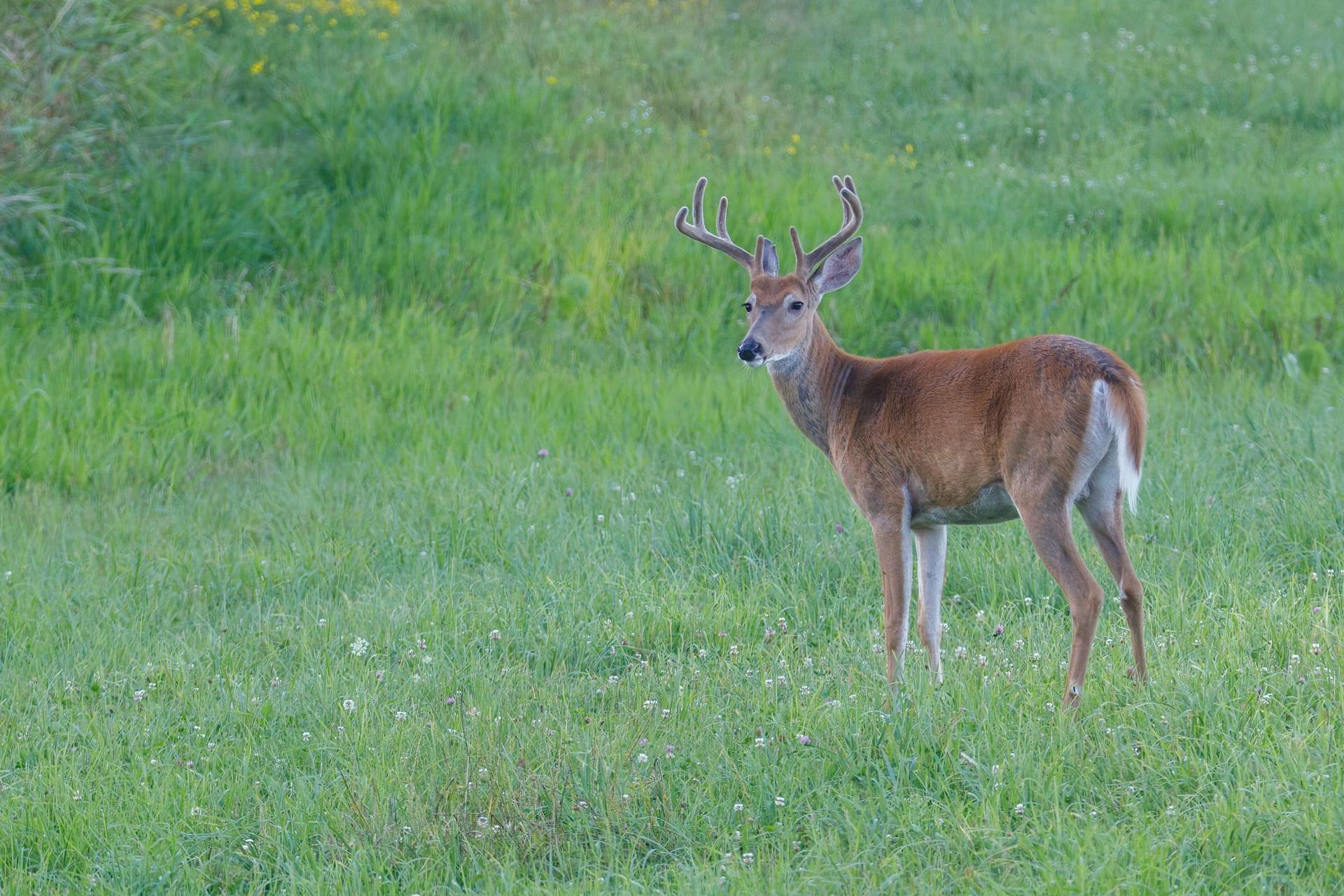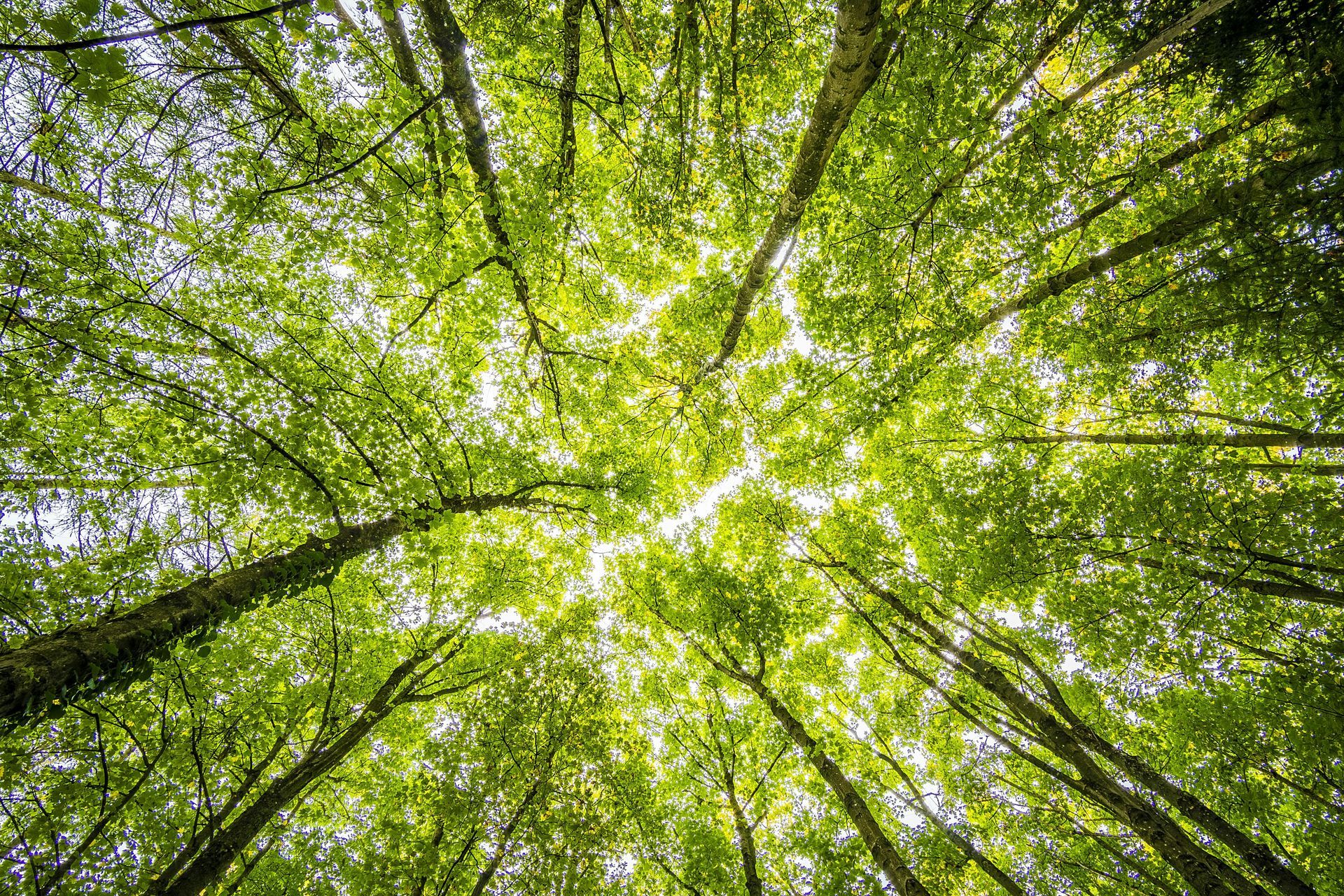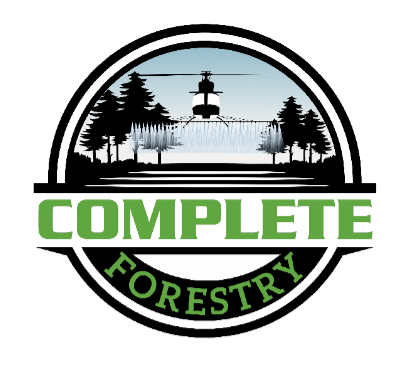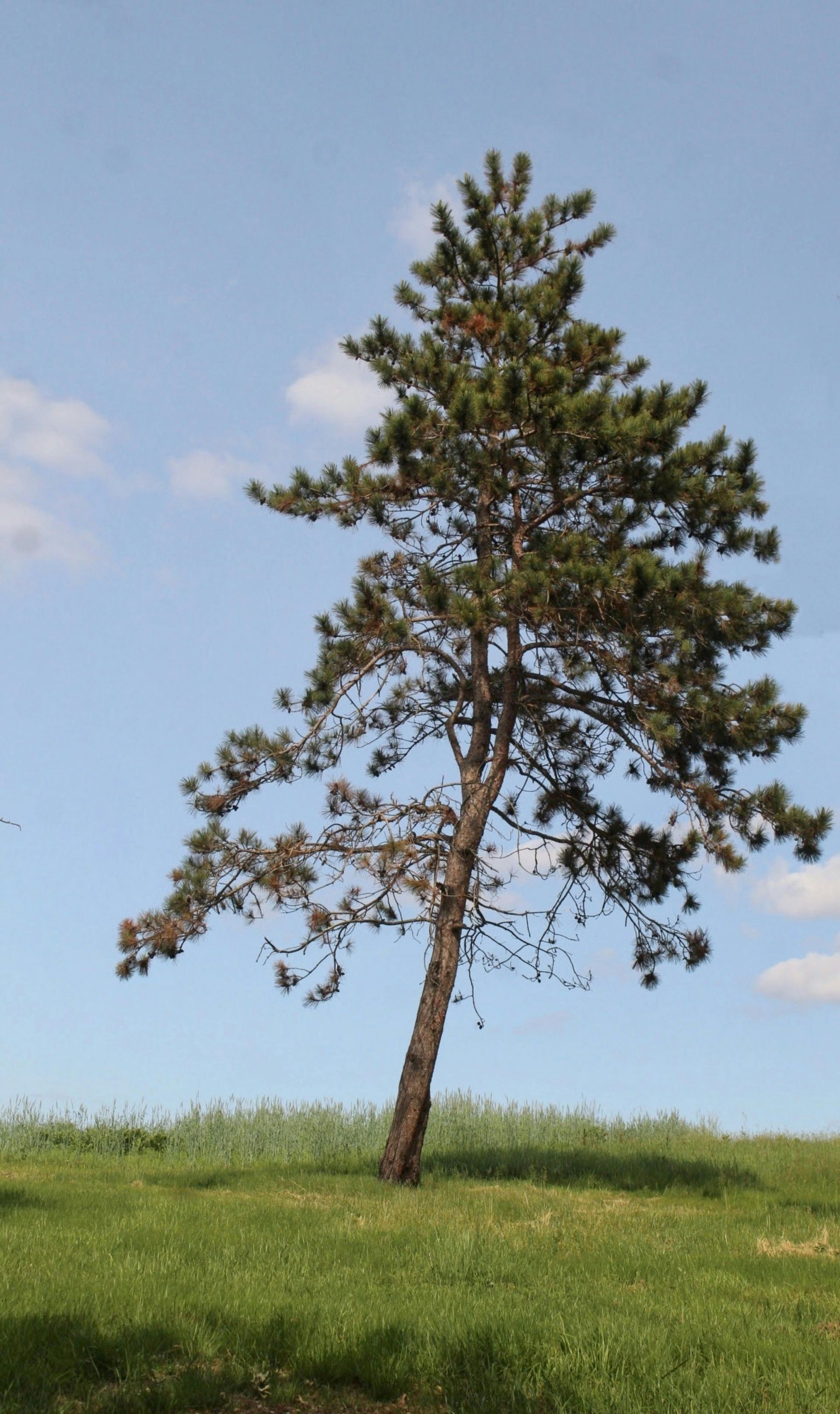Longleaf Pine is the Door and Burning is the Key that opens the door.
In the south, no other forest management practice accomplishes as much for wildlife
habitat improvement as prescribed burning. In addition, it is one of the most affordable
practices available to forest landowners.
That said, no other tree species is better suited for a prescribed fire regime. In fact,
longleaf pine communities depend on frequent, low intensity fires to reduce woody
competition and reach their full potential.
The rich wildlife ecosystem that is realized with a longleaf forest with frequent
prescribed burning is probably one of the main reason the America’s Longleaf
Restoration Initiative (ALRI) has been such a huge success. The ALRI has helped
establish over 2 million acres to longleaf and helped prescribed burn on over 17 million
acres and these practices translate into positive outcomes for local economies, rare
species, recreation, forest resiliency, wildfire risk, clean air and water, and carbon
sequestration.
The good news is this initiative is still going on and Complete Forestry is actively
involved with longleaf restoration. We have assisted many private landowners with their
longleaf establishment.
The first step in the process is getting a good site preparation to enable the longleaf
seedlings to get established. One of the staff members with the Longleaf Alliance once
said, “If you have limited dollars for establishment, the money is better spent on site
preparation as compared to herbaceous release”.
Getting the site preparation done right the first time is vitally important to the success of
the project. Trying to fix an inadequate site preparation is problematic.
The second step is getting quality seedlings, handling them with care, and planting
them correctly, and at the right time. This is not as simple as it may seem. At Complete
Forestry we offer quality seedlings from reputable nurseries and use experienced
planting crews that do the job right.
The third and final step in the process is to begin a prescribed burn program, not just a
one and done, but burning every 2 to 3 years for the life of the stand. Like I said in the
beginning, this is the key in the process of wildlife habitat improvement. Without
prescribed burning you might as well plant loblolly. If prescribed burning is not
implemented there is very little difference between a loblolly stand and a longleaf stand.
Many forest landowners across Alabama and the southeastern range of longleaf have
realized the tremendous positive impact you can have on wildlife habitat by planting
longleaf pine and then implementing a prescribed burning plan. At Complete Forestry
we are ready to assist you with your project.
Contact us and let’s get started.

